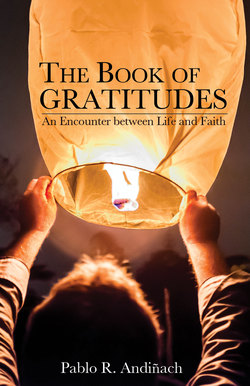Читать книгу The Book of Gratitudes - Pablo R. Andiñach - Страница 17
На сайте Литреса книга снята с продажи.
Christopher Columbus and the Bible
ОглавлениеThe Bible must be read and studied, and it has to be done correctly. For it can be read in such a way that it leads to error, as in the case of Christopher Columbus, although in this case, the mistake led to a happy ending.
Towards the end of the 15th century, the list of books that make up the Bible had not yet been defined. They varied according to the different Christian traditions. If we compare our current Bible with the one used at that time—the Latin Vulgate Bible that Western Christianity read during the Middle Ages and that Catholicism used until well into the 20th century—it had about fifteen more books. Among these was the one called the Second Book of Esdras (2 Esdras), a work also known as the Apocalypse of Esdras or the Book of the Prophet Esdras. It was part of the Old Testament; it was read as such and no one dared to question its standing as Sacred Scripture.
Christopher Columbus was convinced that the Earth was round and that if he set out westward he would reach the east. But not knowing the distance worried him, and this factor was crucial for calculating the time the voyage would take and the realistic possibilities of reaching the goal. As a true believer, he resorted to the Bible and in it he scrutinized the Second Book of Esdras, whose content reviews and enlarges the seven days of creation. Columbus used 6:42 as the basis for calculating the distance between the coast of the Kingdom of Portugal and the extreme Orient which was called India. In this text he found the light he was seeking. It reads like this:
. . . on the third day you commanded the waters to be gathered together in a seventh part of the earth; but you made six parts dry and preserved them so that some of these might be sown and cultivated . . .
He reflected that if the sea only occupied one seventh of the Earth against six parts covered by firm ground, a few days of sailing westward would take him to the coast of India.
Columbus died without knowing that he had been greatly mistaken. He had read the Biblical text literally, not realizing that it was symbolic, that it was not a geography manual, for only one fourth of the earth’s surface consists of firm ground. However, fate took pity on the admiral. An unknown continent between Europe and the Indies allowed him to rest from his hectic voyages convinced of his sagacity in interpreting Scripture.
(From Christopher Columbus, Diary of the Third Voyage)
